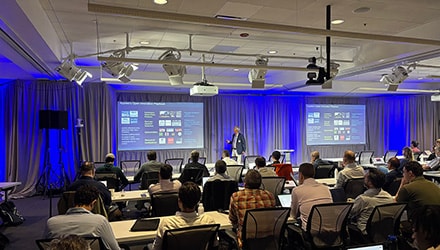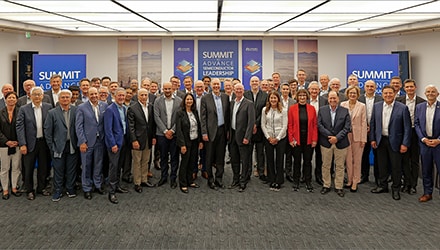製品・サービス
Back to Menu
製品・サービス
トレンド

Quantum Breakthroughs Begin with Materials

アプライドマテリアルズとCEA-Letiが共同研究施設を拡張、特殊用途向け半導体のイノベーションを推進

Applied Materials Convenes Semiconductor Leaders in Europe

Applied Materials Announces Cash Dividend
